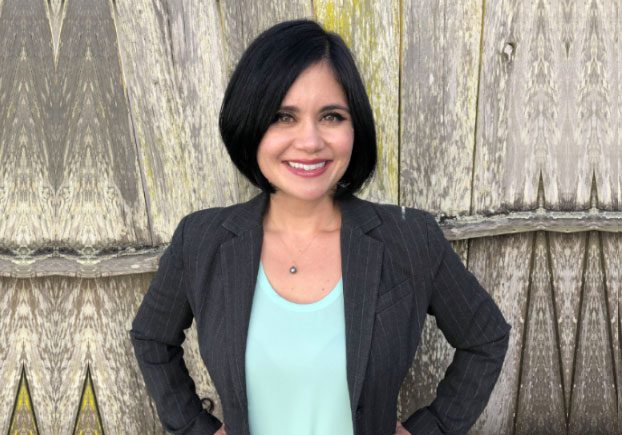Sixth Circuit Affirms Dismissal of Fiduciary and Equitable Relief Claims Against Trustee of ERISA Top-Hat Plan
In Aldridge v. Regions Bank, No. 24-5603, —F.4th—-, 2025 WL 1983483 (6th Cir. July 17, 2025) (Before: Gibbons, Larsen, and Murphy, Circuit Judges), the Sixth Circuit issued a significant opinion addressing the extent to which ERISA preempts state-law claims related to top-hat plans and limits equitable remedies under ERISA Section 502(a)(3). The court affirmed the district court’s dismissal of all claims brought by former executives of Ruby Tuesday, Inc., who sought recovery of lost retirement benefits from the trustee, Regions Bank, after Ruby Tuesday filed for bankruptcy.
Ruby Tuesday had established two ERISA top-hat plans for senior executives. In 1992, the company entered into a rabbi trust agreement with Regions Bank to administer the plans. Following a change in corporate control and eventual insolvency, Ruby Tuesday ceased making payments under the plans. Although the trust agreement required written notice of insolvency before payments could be stopped, Regions halted payments based on oral instructions and later turned over plan assets to the bankruptcy estate upon formal notice.
The plan participants (Plaintiffs) sued Regions, asserting four Alabama state-law claims—breach of fiduciary duty, breach of trust, breach of contract, and negligence—and one ERISA claim under 29 U.S.C. § 1132(a)(3) seeking an “equitable surcharge” to recover lost benefits. The district court dismissed the state-law claims as preempted and granted summary judgment to Regions on the ERISA claim, finding the relief sought to be legal, not equitable.
Preemption
Although Regions invoked the doctrine of complete preemption, the court declined to decide the issue. The court reasoned that it had subject matter jurisdiction via the federal ERISA claim and focused instead on express preemption under ERISA § 514(a), 29 U.S.C. § 1144(a).
The Sixth Circuit concluded that the Plaintiffs’ state-law claims were expressly preempted because they had an impermissible “connection with” an ERISA plan. The court applied Supreme Court precedent (e.g., Pilot Life, Travelers, Gobeille) to hold that allowing enforcement of state fiduciary or tort duties would contravene ERISA’s uniform regulatory scheme. Even though ERISA exempts top-hat plans from fiduciary duty requirements, the court emphasized that this was a deliberate choice by Congress to allow executives to rely on contractual—not statutory—protections.
The Plaintiffs argued they were seeking to enforce contractual fiduciary duties arising from the rabbi trust agreement. The court rejected this characterization, finding that all four state-law claims sought “benefits under the terms of the plan,” thereby implicating ERISA’s exclusive remedies under § 1132(a)(1)(B). Allowing alternative state-law causes of action would undercut ERISA’s remedial exclusivity and uniformity.
Importantly, the court distinguished prior cases where state-law claims against third-party service providers were not preempted. Here, Regions was not a mere service provider but a “traditional ERISA plan entity,” and any obligations it undertook were directly related to plan administration.
Equitable Relief Available Under § 1132(a)(3)
Plaintiffs alternatively sought relief under ERISA § 502(a)(3), 29 U.S.C. § 1132(a)(3), requesting a surcharge remedy for benefits they would have received but for Regions’ alleged breaches.
Relying on a line of Supreme Court authority—Mertens, Knudson, Sereboff, Amara, and Montanile—the Sixth Circuit reaffirmed that § 1132(a)(3) permits only remedies “typically available in equity.” Although Amara had discussed “equitable surcharge” as a potentially available remedy, the Sixth Circuit—joining the Fourth Circuit’s recent decision in Rose v. PSA Airlines—treated that language as dicta and not controlling.
The court explained that surcharge in trust law was historically equitable only when courts had exclusive jurisdiction, and even then, it functioned similarly to legal damages. Because the Plaintiffs sought compensatory relief for losses measured by the value of their unpaid benefits—essentially monetary damages—the remedy was legal in nature and therefore barred under § 1132(a)(3).
The court also reaffirmed its own precedent in Helfrich v. PNC Bank, where it had previously held that a plaintiff cannot obtain compensatory damages under § 1132(a)(3), even when the claim is styled as “equitable relief.”
Federal Common Law Remedy
Finally, the Plaintiffs argued that courts should fashion a new federal common-law cause of action under ERISA. The Sixth Circuit categorically rejected this argument, citing Supreme Court precedent (Russell, Mertens) for the proposition that federal courts may not create new remedies beyond those expressly enumerated in § 1132(a). Courts may develop federal common law to interpret ERISA-governed contracts, but not to supplement the statutory scheme.
For the above reasons, the Sixth Circuit affirmed the district court. In sum, even though ERISA exempts top-hat plans from fiduciary duties, it still preempts state-law claims that impose alternative standards of conduct or remedies. Contractual protections must be enforced through ERISA’s exclusive framework. Plaintiffs cannot use § 1132(a)(3) to seek monetary relief for plan losses, regardless of whether they style the remedy as “surcharge” or “equitable compensation.” The court reaffirmed a narrow reading of “equitable relief.” Courts cannot use federal common law to create new ERISA causes of action or expand available remedies beyond the text of the statute.
*Please note that this blog is a summary of a reported legal decision and does not constitute legal advice. This blog has not been updated to note any subsequent change in status, including whether a decision is reconsidered or vacated. The case above was handled by other law firms, but if you have questions about how the developing law impacts your ERISA benefit claim, the attorneys at Roberts Disability Law, P.C. may be able to advise you so please contact us.
Get The Help You Need Today

LEAVE YOUR MESSAGE
We know how to get your insurance claim paid. Call today at:
(510) 230-2090

